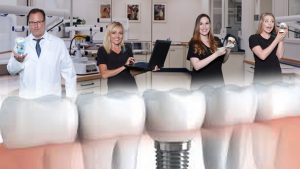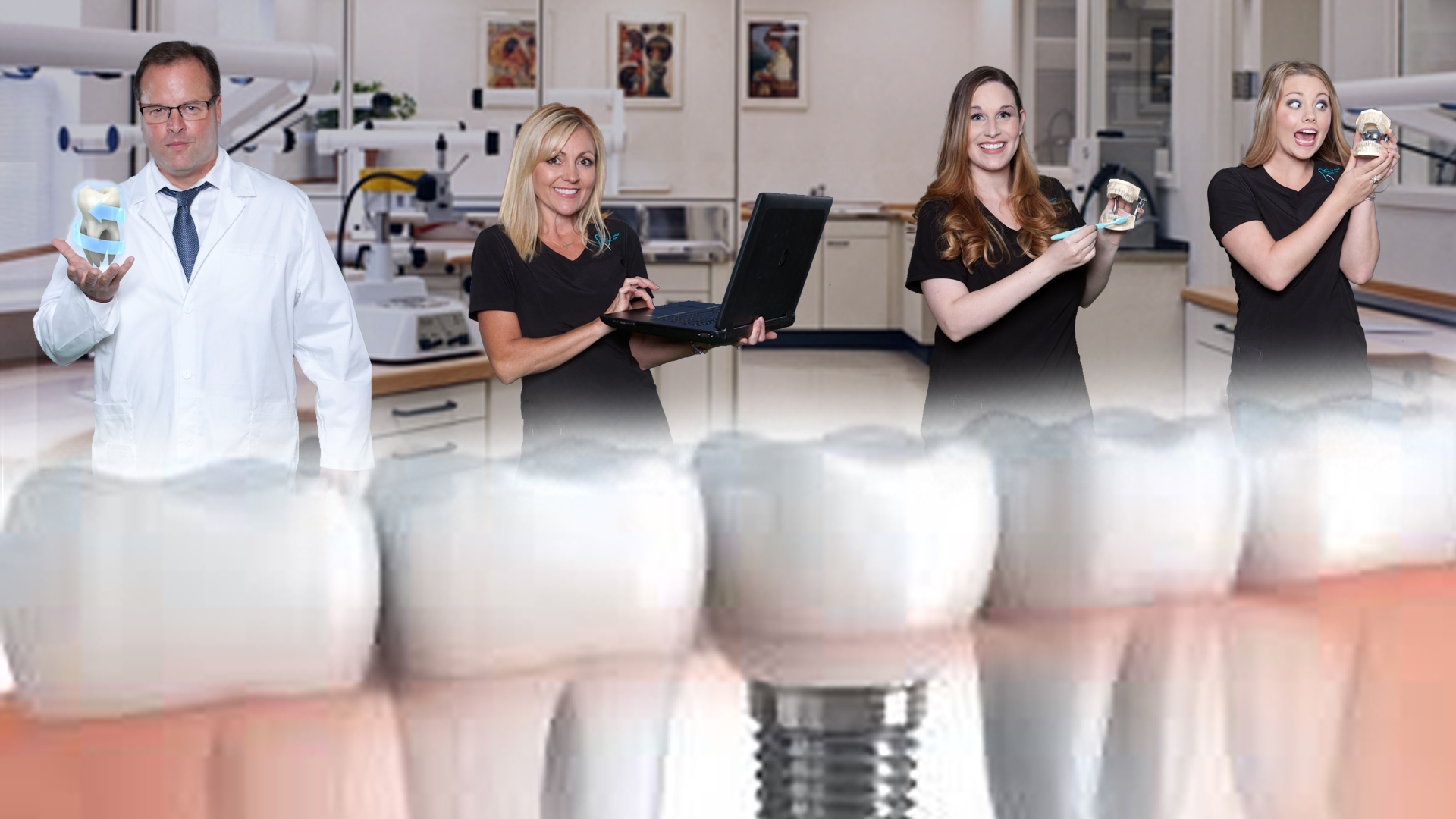
CO2 Laser
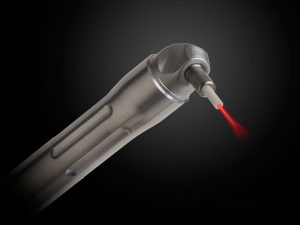
Digital X-Rays
Digital X-rays reduce the amount of radiation needed compared to traditional film.
When X-rays pass through your mouth during a dental exam, more X-rays are absorbed by the denser parts (such as teeth and bone) than by soft tissues (such as cheeks and gums) before striking the film. This creates an image on the radiograph. Teeth appear lighter because fewer X-rays penetrate to reach the film. Cavities and gum disease appear darker because of more X-ray penetration. The interpretation of these X-rays allows the dentist to safely and accurately detect hidden abnormalities.
How often dental X-rays (radiographs) should be taken depends on the patient`s individual health needs. It is important to recognize that just as each patient is different from the next, so should the scheduling of X-ray exams be individualized for each patient. Your medical and dental history will be reviewed and your mouth examined before a decision is made to take X-rays of your teeth.
The schedule for needing radiographs at recall visits varies according to your age, risk for disease and signs and symptoms. Recent films may be needed to detect new cavities, or to determine the status of gum disease or for evaluation of growth and development. Children may need X-rays more often than adults. This is because their teeth and jaws are still developing and because their teeth are more likely to be affected by tooth decay than those of adults.
Electronic medical records
We ensure we keep up to date electronic medical records to ensure you receive the best care possible.
Same-Day Crowns
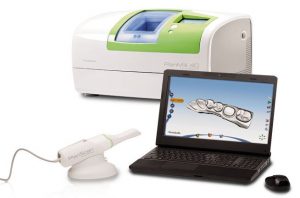
Cone Beam Imaging
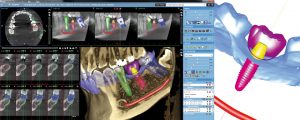
Photography
We always make sure to understand the latest technology to provide a look into as much of your mouth as we can. This allows for us to see as much as possible, including small details that typical methods might not catch. Newer technologies are quicker and produces less waste.
Five Star Laboratory Service Available
Esthetics By Design
A 5-star exclusive opportunity for cosmetic procedures only available with Dr. Wall. Our partnership with this lab allows our patient base to enjoy world class dentistry.
Flat Screen Monitors for Patient Education
We want to make sure we have the best for our patients, including the best technology and the best ways to learn about what we offer and how it can benefit them.
Implant Dentistry/Bone Grafting
Implants
Before development of dental implants, dentures were the only alternative to replacing a missing tooth or teeth.
Implants are synthetic structures that are placed in the area of the tooth normally occupied by the root. Implants are anchored to the jawbone or metal framework on the bone and act as a foundation for an artificial tooth or permanent bridge. In some cases, implants can be used to attach dentures.
Not everyone is a candidate for a dental implant, however. For a successful implant to take hold, a candidate must have proper bone density and have a strong immune system. In all cases, dental implants require strict oral hygiene.
Implants are so well designed that they mimic the look and feel of natural teeth. Implants are usually made of a synthetic yet biocompatible material like metal or ceramic.
Surgery is necessary to prepare the area for an implant and place the implant in the mouth. Following the procedure, a period of time is required for the implant to take hold and for bone tissue to build up and anchor the device. In some cases, metal posts are inserted into the implant during a follow-up procedure to connect the tooth.
Because implants require surgery, patients are administered anesthesia and, if necessary, antibiotics to stave off infection following the procedure.
Like any restoration, implants require diligent oral hygiene and proper care to ensure they last a long time.
Bone Grafting
Soft tissue grafts are sometimes performed to treat gum disease, or correct other abnormalities.
The procedure involves taking gum tissue from the palate or another donor source to cover an exposed root in order to even the gum line and reduce sensitivity.
Periodontal procedures are available to stop further dental problems and gum recession, and to improve the aesthetics of your gum line. For example, an exposed tooth root resulting from gum recession may not be causing you pain or sensitivity, but is causing one or more of your teeth to look longer than the others. In other cases, an exposed tooth root causes severe pain because it is exposed to extremes in temperatures or different kinds of food and liquids.
Once contributing factors are controlled, a soft tissue graft procedure will repair the defect and help to prevent additional recession and bone loss.

